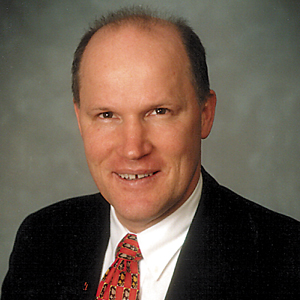Time to choose

Regulators and politicians are fed up with the number of associations representing advisers. IFAs need to decide where they stand.
The opinions recently expressed over the institutionally-biased role the FPA has played with both FOFA/LIF legislation and their general conduct over many years are generally supported by the majority of the independently-owned adviser community.
But this bias is also not surprising.
When an organisation’s constituency is dominated by one particular market segment it makes political and commercial sense for its management to support the wishes, strategies and expectations of that particular faction. The actions of the FPA with overlooking the existence of vertically integrated models as conflicted in the FOFA legislation, and then finally combining with the AFA and FSC to support the institutional position on the LIF reforms, should be enough confirmation that they are firmly in the institutional corner.
The perception of their ‘cosy’ relationship with ASIC must also be a concern for all advisers.
If we then take it one step further, the 165 failed funds since 2006 are predominately sourced from the major institutions but somehow the advisers get the blame. Yes, the FPA was silent on the matter while the advisers were crucified and the real perpetrators ran for political and legal cover. When you then question why some of these failed products got market ‘approval’ in the first place, some have a conspiracy theory that the institutions and ASIC have some common ground to find a scapegoat to blame.
What should be a surprise to many, however, is the role FPA’s independently-owned adviser members play in the political process without realising or caring about the damage they are doing to themselves and their own faction. The FPA is justifying its legitimacy in Canberra as ‘representing the industry’ by claiming they have a mixed membership including the independently-owned sector and therefore ‘represent the industry’.
The fact is they are dominated by the institutional sector and have little choice but to support their agenda. There is no escaping that, at the end of the day, independently-owned advisers that are also members of the FPA are acting against their own best interests.
It is time for the industry to realise that we have too many associations. A homologous consolidation or realignment needs to occur.
Currently, we have independently-owned advisers belonging to the AIOFP, AFA, FSC, FPA, IFAAA, SMSF and BFP associations (and that’s without even considering advisers with the other four accountancy associations and the recent edition of the Stockbrokers Association).
These 12 entities are diluting our political capital to the point where regulators and politicians find it easier to deal with the three institutionally-aligned associations who have formed a political alliance.
This divide and rule strategy is one of the most efficient political strategies to disrupt and decimate a factions influence. Independents badly need to consolidate their influence to protect and promote their cause.
The most obvious political delineation in the industry is the independently-owned/independents and the institutional factions. This has, however, already partially occurred.
The FSC, FPA and AFA are representing the institutionally-aligned advisers and institutions. The other alliance should contain the AIOFP, IFAAA, BFP, stockbrokers and other accounting associations who want to get involved.
The old saying of ‘if you always do what you always did, you will always get what you have always got’ will perpetuate the injustice we independents have endured unless something is done about it.
We will be contacting the associations in our faction to discuss a way forward in the near future.
Peter Johnston is executive director of the Association of Independently-Owned Financial Professionals (AIOFP).
Subscribe to 
Never miss the stories that impact the industry.






